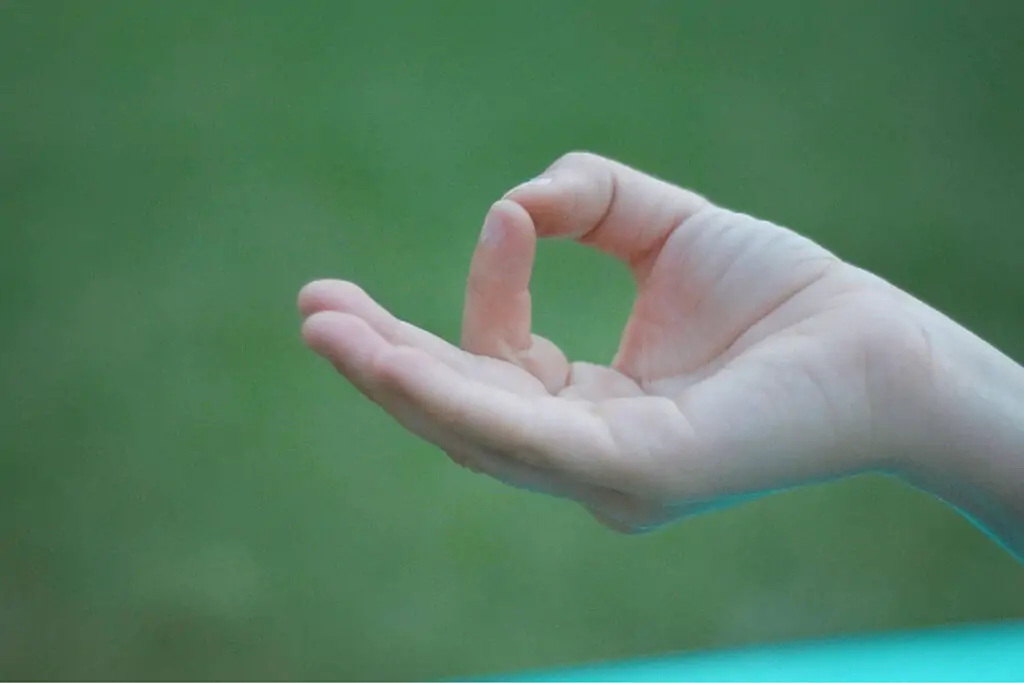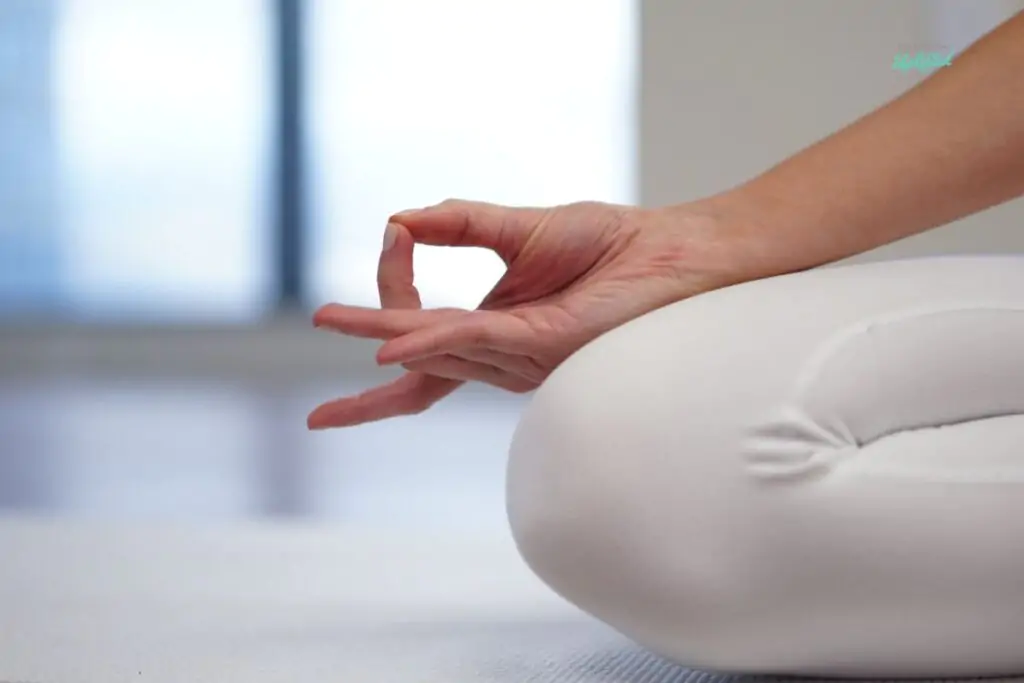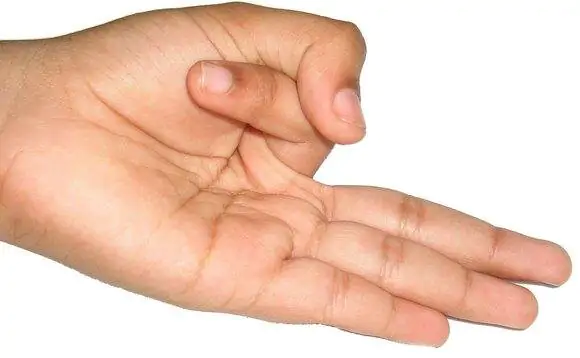For thousands of years, yogic traditions have used mudras—symbolic hand gestures—to deepen meditation, balance energy, and support emotional and physical well-being. In this Complete Guide to Mudras and Benefits, we explore how these simple yet powerful movements work, why they are so effective, and how you can incorporate them into your wellness routine.
Mudras are more than hand shapes. They are energetic “switches” that influence your body’s subtle pathways, stimulate the nervous system, and harmonize bold this keyword – Prana Energies. Whether you’re a beginner or a seasoned practitioner, understanding mudras can elevate your yoga, breathwork, and mindfulness practices to a whole new level.
What Are Mudras?
Mudras (from the Sanskrit word meaning “seal” or “gesture”) are intentional hand positions used to direct energy flow within the body. Ancient yogis observed that the fingertips contain numerous nerve endings connected to major energy channels—making mudras a direct way to influence your mental, emotional, and physical state.
Each finger represents an element:
- Thumb → Fire
- Index → Air
- Middle → Space
- Ring → Earth
- Little finger → Water
By bringing these elements into harmony, you restore balance, vitality, and inner clarity.

How Mudras Work: The Science + Tradition
Although mudras are rooted in ancient yogic texts, modern research supports their benefits. Studies published in peer-reviewed journals (including recent findings in the National Institutes of Health database) show promising effects of mudras on:
- Stress reduction
- Enhanced concentration
- Improved emotional regulation
- Better cardiovascular balance
- Neurological stability
From a traditional perspective, mudras stimulate energy channels (nadis), enhance the flow of Prana Energies, and help activate different chakras in the body—including the Crown Chakra, which regulates consciousness and spiritual awareness.
Benefits of Mudras
Mudras offer a wide range of physical, energetic, and psychological benefits:
1. Mental & Emotional Well-Being
- Reduces anxiety and stress
- Increases clarity and focus
- Balances mood and emotional reactivity
2. Physical Health Support
- Improves circulation
- Enhances respiratory efficiency
- Supports joint and nerve health
3. Spiritual & Energetic Grow
- Deepens Meditation
- Activates higher awareness
- Helps cultivate inner peace and grounding
4. Lifestyle & Routine Enhancement
- Can be done anywhere
- Require no equipment
- Enhances yoga, pranayama, chanting, or Sanskrit Mantras practice
Types of Mudras and Their Benefits
1. Gyan Mudra (Mudra of Knowledge)
One of the most widely recognized mudras, Gyan Mudra encourages mental clarity and spiritual openness.
How to do it:
Touch the tip of your index finger to the thumb, keeping other fingers extended.
Best for:
Improving focus, boosting creativity, enhancing Meditation.

2. Prana Mudra (Mudra of Vitality)
This mudra helps activate dormant energy channels, increasing strength and vitality.
How to do it:
Touch the ring finger and little finger to the thumb.
Best for:
Low energy, fatigue, enhancing Prana Energies.

3. Anjali Mudra (Gesture of Reverence)
Commonly used at the beginning and end of yoga sessions, this gesture symbolizes unity and gratitude.
How to do it:
Bring palms together in front of the heart.
Best for:
Centering the mind, emotional balance, connecting intention before practices like Warrior Pose or pranayama.

4. Shuni Mudra (Mudra of Patience)
Encourages discipline and grounding.
How to do it:
Touch the middle finger to the thumb.
Best for:
Emotional regulation, patience, reducing frustration.

5. Vayu Mudra (Mudra of Air Balance)
Helps balance the air element in the body, which is connected to movement and the nervous system.
How to do it:
Fold the index finger toward the thumb and press gently.Best for:
Calming restlessness, reducing nervous tension.

How to Practice Mudras
Practicing mudras is simple, but consistency enhances the benefits.
Basic Guidelines
- Sit in a comfortable position
- Relax your hands and shoulders
- Hold each mudra for 5–45 minutes
Combine with breathwork or Meditation for amplified effects
Best Times to Practice
- During morning meditation
- Before yoga postures like Warrior Pose
- While chanting Sanskrit Mantras
- Before sleep to calm the mind
Mudras Table (Quick Reference Guide)
Mudra Name | Primary Benefit | Best Used For | Level |
Gyan Mudra | Mental clarity | Focus, study | Beginner |
Prana Mudra | Energy boost | Fatigue, low vitality | All levels |
Anjali Mudra | Emotional balance | Gratitude, centering | Beginner |
Vayu Mudra | Nervous system support | Anxiety, restlessness | Intermediate |
Shuni Mudra | Discipline | Patience, grounding | Beginner |
Mudras for Specific Goals
Mudras for Relaxation
- Gyan Mudra
- Shuni Mudra
- Vayu Mudra
Mudras for Energy & Vitality
- Prana Mudra
- Surya Mudra
Mudras for Meditation Improvement
- Gyan Mudra
- Anjali Mudra
- Dhyana Mudra
Frequently Asked Questions (FAQ)
Most practitioners hold a mudra for 10–30 minutes, but even 3–5 minutes can leave a noticeable effect.
Yes. Mudras are safe, simple, and highly adaptable for beginners.
No—mudras support wellness but do not replace professional medical advice or treatment.
Daily practice yields the strongest benefits, even if done for short periods.
Absolutely. They work beautifully with pranayama, yoga postures, and Sanskrit Mantras.
Conclusion
Mudras are timeless tools that bring balance, clarity, and strength into your life. Whether you want to improve your emotional well-being, deepen Meditation, enhance your Prana Energies, or awaken higher awareness through the Crown Chakra, mudras offer a simple yet transformative path.
By incorporating just a few minutes of mudra practice into your daily routine—before yoga, during pranayama, or even in the middle of a busy day—you can experience profound shifts in your inner and outer world.
Explore more guides, practice consistently, and share your favorite mudra in the comments!
